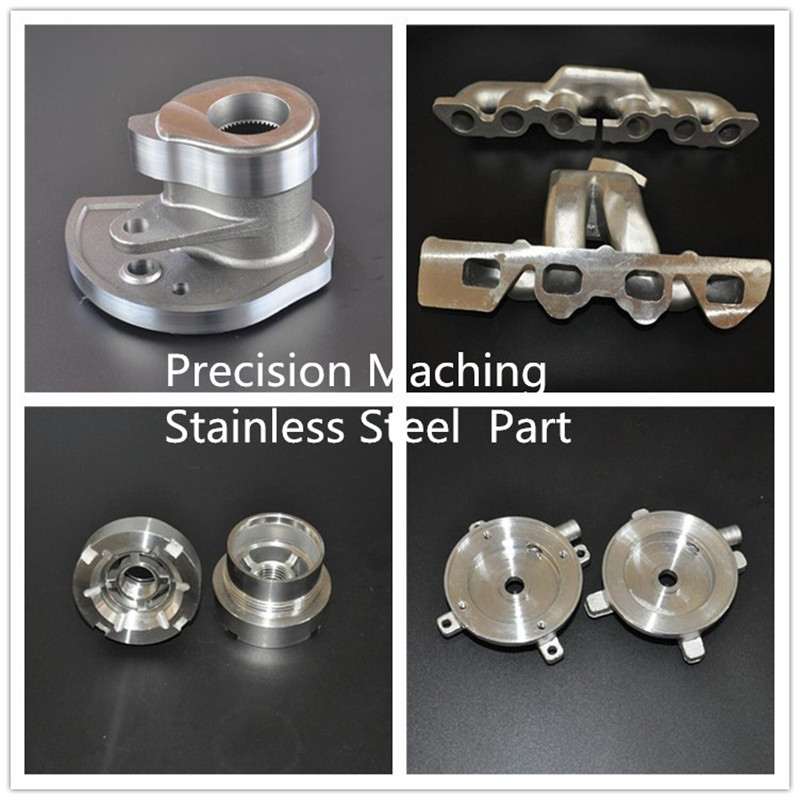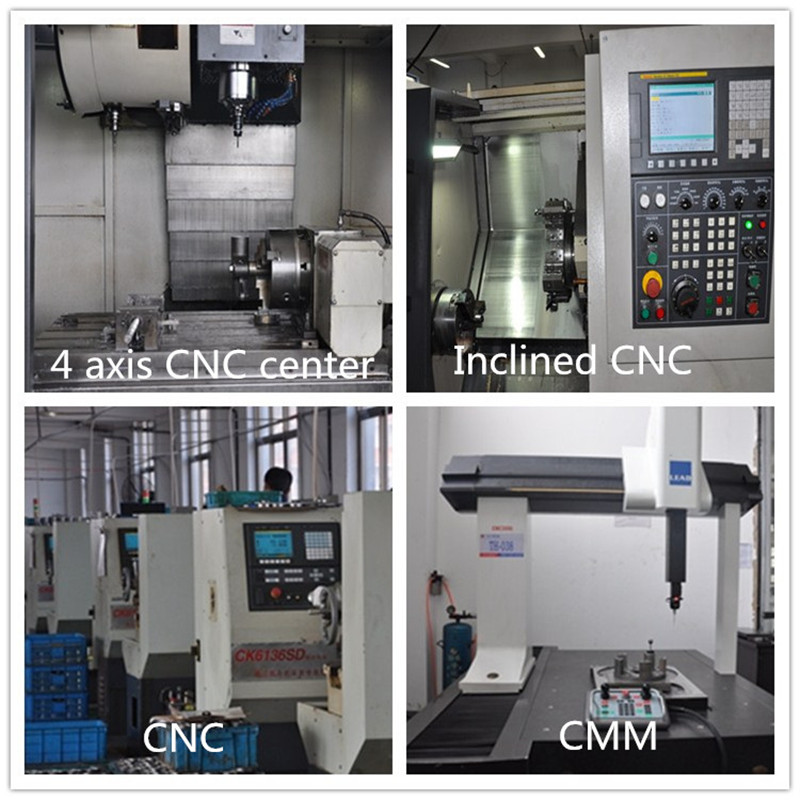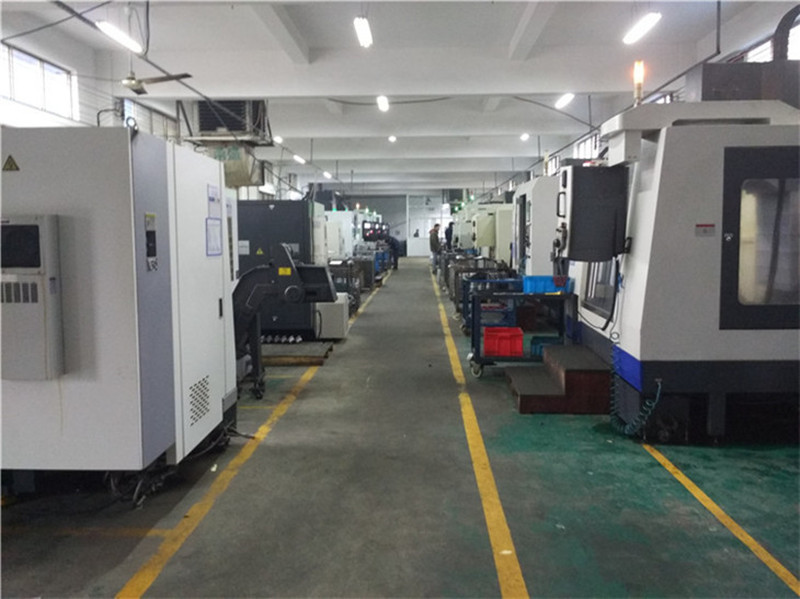The third-stage fuel consumption limit of 6.9 liters per 100 kilometers has just been fully implemented this year, and the fuel consumption standard for the new phase has been introduced again. On January 5, the Ministry of Industry and Information Technology released the newly revised "Living Vehicle Fuel Consumption Limits" and "Pedestrian Vehicle Fuel Consumption Evaluation Methods and Indicators". It is understood that the mandatory standards of these two countries will be implemented from January 1, 2016. The annual fuel consumption will be set to the standard value until the average fuel consumption of passenger cars in 2020 will drop to 5.0 liters/100 kilometers.
It is reported that the third-stage fuel consumption limit standard introduced in 2012 will target 6.9 liters/100 kilometers in 2015. The new standard announced this time follows the “model fuel consumption limit + enterprise average†adopted by the third-stage standard. The evaluation system of fuel consumption target value, and tightening the bicycle fuel consumption limit and the enterprise average target value respectively. Among them, the target value of the fuel consumption of passenger cars with larger vehicle preparation quality is more stringent, especially for passenger cars of more than 1.88 tons.
In addition, on the basis of the third stage of gasoline and diesel vehicles, the assessment of natural gas, new energy (including pure electric, plug-in hybrid, fuel cell) passenger cars will be increased. The ultimate goal is to achieve the goal of reducing the average fuel consumption of domestic passenger cars to 5.L/100km by 2020.
According to the Ministry of Industry and Information Technology, the fourth phase of the standard will be introduced from 2016, and all passenger car companies must meet the target value of the average fuel consumption of enterprises by 2020. According to industry insiders, this is not an easy goal for auto companies. The website of the Ministry of Industry and Information Technology has published information. In 2013, 111 passenger car companies in China produced/imported 1,821,800 passenger cars (excluding new energy passenger cars and export passenger cars), and the average fuel consumption of the passenger car industry. The actual value is 7.33 liters / 100 kilometers. Relevant persons from the Ministry of Industry and Information Technology said in an interview with other media that, considering the heavier task of reducing consumption, the company set annual fuel consumption standards, and the target is from tight to tight. From 2015 to 2020, the Ministry of Industry and Information Technology established the production of passenger cars for the year. The average fuel consumption targets are 6.9 liters, 6.7 liters, 6.4 liters, 6 liters, 5.5 liters, and 5 liters per 100 kilometers, respectively.
OEM Stainless Steel Precision Cnc Machining Part
Turning products by CNC equipment
1.Materials: in both ferrous and non-ferrous alloys(carbon steel, stainless steel, aluminum alloy,
brass and bronze alloy)
2.All kinds of surface treatments are available: polishing, zinc plating, nickel plating, chrome plating,
powder coating, phosphate coating
3.Very high production rate assure low production cost
4.Advanced production equipment
5.Advanced test(inspection) measure.



Stainless Steel Machining Parts
Stainless Steel Machining Parts,High Precision Machining Parts,Cnc Aluminum Parts,Machined Metal Parts
Hebei Mingda International Trading Co.,Ltd , http://www.amazingcastings.com